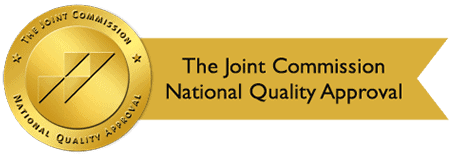By: Design for Change Recovery
Categories:
What Lifestyle Changes Are Needed To Live Without Painkillers?
You are here:Chronic pain is a complex condition, and managing pain without the use of prescription painkillers means making certain lifestyle changes. While a great many doctors are quick to prescribe narcotic painkillers, there are specialists in the field who reject the use of opioids. Prescription opioids are addictive and deadly. Following are some of the most effective alternatives for treating your chronic pain.
- Massage: Licensed massage therapists are specially trained in alleviating pain. Massage is safe and free of side effects. What’s more, it aids in relaxation and can improve your state of wellbeing. Regular massage may be just what the doctor ordered.
- Acupuncture or acupressure: Acupuncture, an ancient Chinese healing modality, works by inserting small, hair-like needles along “meridians” of the body to relieve pain and improve the flow of energy. Acupressure is similar in theory to acupuncture, but works by placing pressure along the meridian points, rather than needles. Like massage therapy, acupuncture and acupressure also have a calming effect.
- Chiropractic care: Chiropractic medicine studies the relationship between the skeleton, nerves, and muscles. Chiropractors are specially trained in pain relief, using spinal manipulation and other non-surgical techniques. One such technique, called cranial nerve stimulation, uses a micro-current machine, set at particular frequencies. Chiropractic therapy is helpful in the treatment of herniated or degenerative discs, sciatica, spinal arthritis, kyphosis, and many other conditions.
- Exercise and physical therapy: Chronic pain can be greatly reduced with exercises that increase mobility and strengthen the bones and muscles. Enlisting the help of a physical therapist to assess your pain and create an exercise plan can be a life-changing step. Exercising at least three times a week is typically recommended.
- Yoga or tai chi: Gentle, guided stretching and movement can significantly improve conditions such as fibromyalgia, arthritis, joint pain, and chronic back pain, among others. Many communities have a variety of classes in yoga and similar practices.
- Neurostimulators: This FDA-approved treatment uses electrode implants to suppress pain along the neural pathways. Neurotransmitters do not cure the cause of the pain, but merely interrupt the brain’s perception of pain.
- Injections: A wide variety of injections can be successful in treating chronic pain, such as migraines, back pain, and arthritis. Injection types include epidural, trigger-point, nerve, and radiofrequency, each of which is used to treat different conditions.
- Non-narcotic pain medication: Prescriptions for non-opioid medications are sometimes necessary. These included non-steroidal anti-inflammatory drugs (NSAIDs), antidepressants, corticosteroids, and topical medications such as Lidocaine.
Often, it takes a combination of approaches to successfully treat chronic pain. With patience and persistence, it is entirely possible to live a pain-free life without narcotic painkillers.
Hope exists in recovery. Design For Change offers a refuge for addicts seeking recovery in a long term residential program with a full continuum of care options. Grounded in the 12 step philosophy, our programs focus on creating change by taking action. Call us today for information on how we are changing lives, one step at a time: (877) 267-3646


